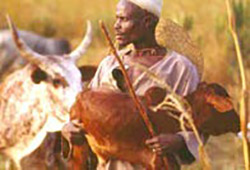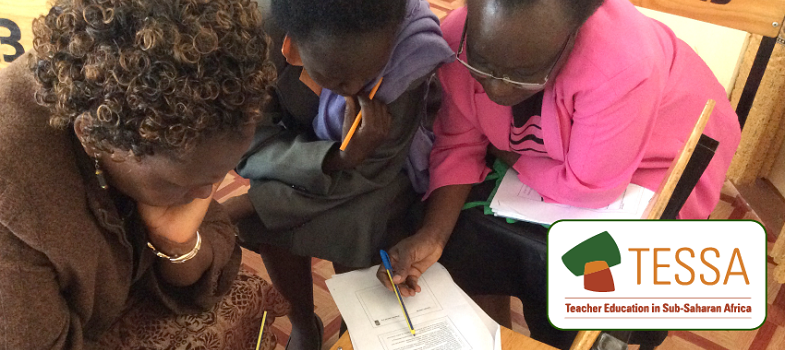Resource 4: Cattle in traditional life – the Fulani
![]() Background information / subject knowledge for teacher
Background information / subject knowledge for teacher
The Fula or Fulani are an ethnic group of people spread over many countries in West Africa, including Nigeria. The ancient origins of the Fula people have been the subject of speculation over the years, but several centuries ago they appear to have begun moving from the area of present-day Senegal eastward.
The Fulani are traditionally a nomadic, pastoralist people, herding cattle, goats and sheep across the vast dry hinterlands (remote areas) of their domain, keeping somewhat separate from the local agricultural populations.

A Fulani family needs at least 100 heads of cattle in order to live completely off their livestock. When the number of livestock drops, the family must start farming to survive.
The Sokoto Fulani of Nigeria
The Sokoto Fulani are a sub-group of this much larger Fulani group and live in northern Nigeria alongside the Hausa people. The Sokoto region houses some of the ruling class of the Fulani, known as the Toroobe.
The area they occupy is open grassland with narrow forested zones. Camels, hyenas, lions, and giraffes inhabit this region. Though the temperatures are extremely hot during the day, they are much cooler at night.
What are their lives like?
The semi-nomadic Sokoto Fulani engage in some supplementary farming, along with animal breeding. Millet and other grains are their main crops. Milk, drunk fresh and as buttermilk, is their staple food, and meat is consumed only during ceremonial occasions. The cattle are herded by the men, although the women help with milking the cows. The women also make butter and cheese and do the trading at the markets. Among the Fulani, wealth is measured by the size of a family's herds.
The semi-nomadic Sokoto Fulani live in temporary settlements. During the harvest, the families live together in small huts that make up village compounds. During the dry season, the men leave their wives, children, the sick and the elderly at home while they take their herds to better grazing grounds. Each village has a chief or headman to handle village affairs.
Resource 3: A mind map about keeping cattle



